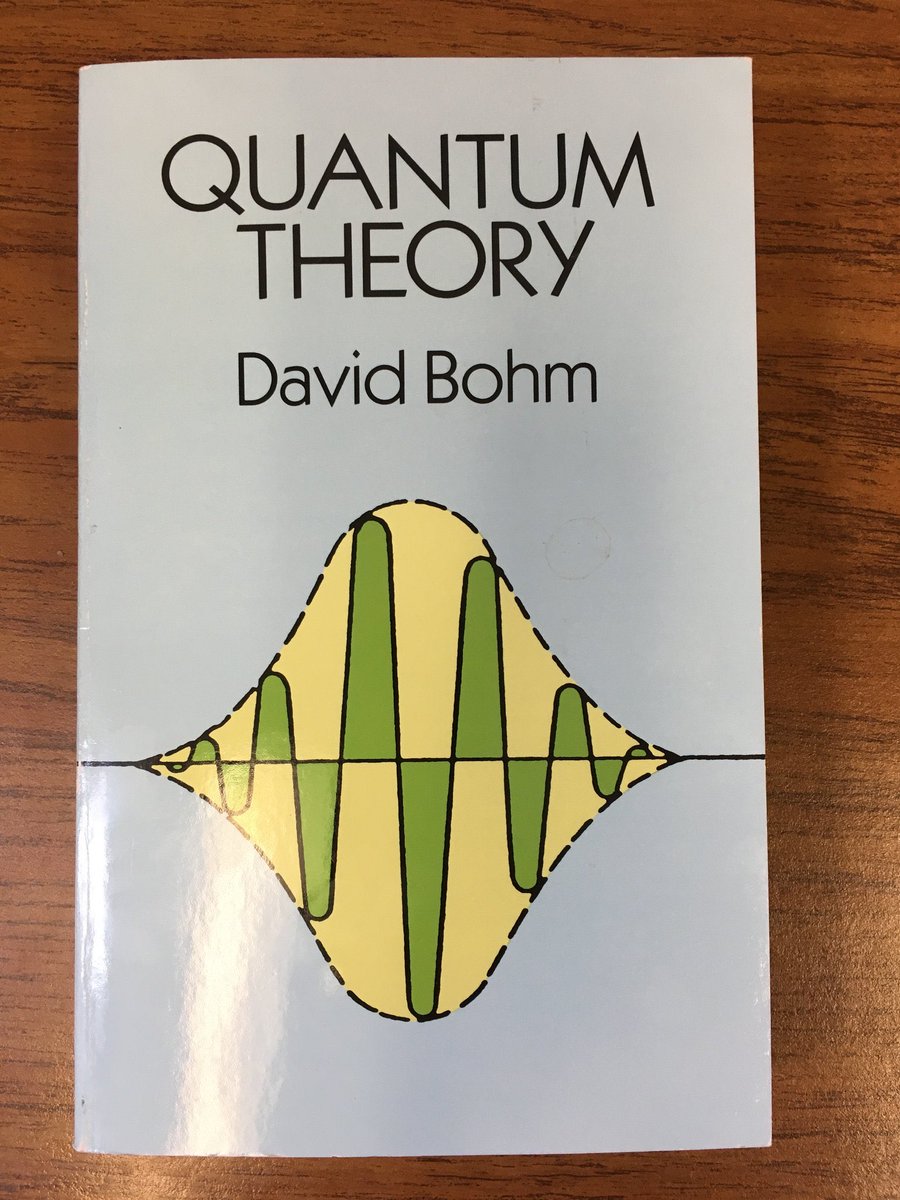
Mathematical physicist Cécile DeWitt-Morette, who made foundational contributions to the study of Feynman functional integrals, organized the first American conference on general relativity, and founded the Les Houches Summer School, was born #OTD in 1922.
Images: UT-Austin

Images: UT-Austin


Cécile Morette grew up in Normandy, studying math and physics at the University of Caen. Her graduate work, on quantum mechanics, took place at the University of Paris. Much of her education took place during the German occupation of WWII.
While in Paris, she worked with Irène and Frédéric Joliot-Curie. After finishing her doctorate in 1947, she moved to Copenhagen to work with Neils Bohr. Her next stop was the Institute for Advanced Study, where she worked with Robert Oppenheimer.
(That is quite a who’s who of physicists from the first half of the 20th century.)
It was at the IAS that Cécile met Bryce DeWitt. She liked him pretty well, and he proposed to her in 1951. But she turned him down because he wasn’t French.
She eventually reconsidered. The war had taken a great toll on French science. Cécile decided that she would accept Bryce's proposal, on the condition that he help her found a school for theoretical physics in France.
The Les Houches Summer School was established in April of 1951, and Cécile and Bryce were married later that month.
houches-school-physics.com
houches-school-physics.com
In 1956, Bryce and Cécile moved to North Carolina, where they co-founded UNC's Institute of Field Physics. They organized the first US conference on general relativity, which was held there in 1957.
Cécile invited Richard Feynman to the conference, where he gave a famous talk on gravitational waves. His “sticky bead” argument convinced the other participants that gravitational waves carried energy, and therefore could be detected. His remarks:
edition-open-sources.org/sources/5/34/i…
edition-open-sources.org/sources/5/34/i…

Cécile's conference, as much as any other event, set physicists on the path that would eventually lead to @LIGO and the detection of gravitational waves in 2015.
The conference report is online and open access:
edition-open-sources.org/sources/5/inde…
The conference report is online and open access:
edition-open-sources.org/sources/5/inde…

@LIGO Cécile and Bryce were both appointed “research professor” when they arrived at UNC. After a few years, Bryce was promoted to full professor. But Cécille, who had brought in the same grants and made comparable contributions, was demoted to lecturer.
The University claimed that the demotion was because of nepotism rules, but when pressed they were unable to point to any actual regulations. Cécile and Bryce noped right out of there and headed for Texas.
UT-Austin had its own nepotism rules, which they circumvented by making Cécile a professor in Astronomy instead of Physics. About ten years later, in 1983, they ditched the rules and made Cécile a professor in the Physics department.
While at UT, Cécile worked on methods of functional integration underlying Feynman's path integral approach to quantum mechanics, and a host of other topics.
It was there that Cécile wrote her book "Analysis, Manifolds, and Physics" with Yvonne Choquet-Brouhat and Margaret Dillard-Bleick. The first edition came out in 1977, followed by a revised version in 1982. You'll find a copy on the shelves of most mathematical physicists.
I'm not in the office today, so I can't add a photo of my well-worn copy. But @mraginsky shared a copy of the acknowledgment page from his copy!
https://twitter.com/mraginsky/status/1473321446617366529
Cécile worked on whatever she found interesting, and she was famous for having a seemingly inexhaustible supply of thesis-level problems for curious students.
She had a "problem drawer" in one of her file cabinets — it may very well have been one of the drawers visible in this photo from the first tweet. When Cécile met with a new student, she'd pull something from the drawer for them to work on. 

Many of my grad school friends (I did my PhD at UT-Austin, in an office around the corner from her) worked with Cécile and wrote papers on problems pulled from her drawer:
arxiv.org/abs/math-ph/00…
arxiv.org/abs/math-ph/00…
Cécile DeWitt-Morette, a towering figure of mathematical physics, was generous, approachable, and brilliant. She passed away in 2017 at the age of 94.
UT-Austin put together this extensive online memorial about Cécile DeWitt-Morette's life and scientific contributions:
web2.ph.utexas.edu/utphysicshisto…
web2.ph.utexas.edu/utphysicshisto…
There was also an excellent piece in @PhysicsToday, "Snapshots from the life of Cécile DeWitt-Morette," a few months after she passed away.
physicstoday.scitation.org/do/10.1063/PT.…
physicstoday.scitation.org/do/10.1063/PT.…
This isn't Physics, but I think it's a great anecdote. In her late 80s, Cécile wanted to learn more about computers and the internet. But she found most books and advice frustrating, and not suited to the way she learned. She decided to write a book for folks in the same boat.
"I.T. for Intelligent Grandmothers" was sold to raise money for Planned Living Assistance Network of Central Texas, a group Cécile was involved with. I love the cover. 

• • •
Missing some Tweet in this thread? You can try to
force a refresh














